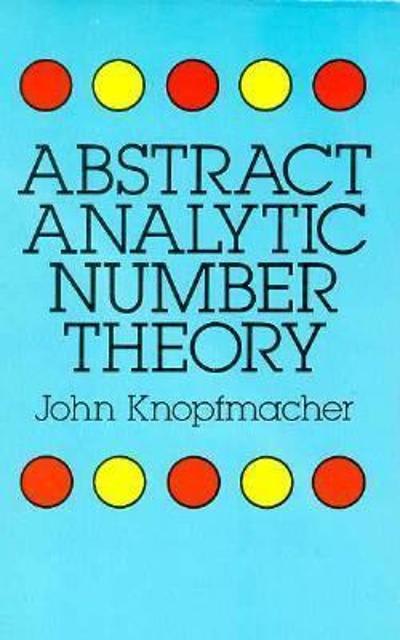Question
The Naive Bayes assumption for estimation assumes that the dimensions in a given estimation problem are (conditionally) independent. For classification we used this to dramatically
The Naive Bayes assumption for estimation assumes that the dimensions in a given estimation problem are (conditionally) independent. For classification we used this to dramatically reduce the number of parameters that we needed to estimate. The Naive Bayes assumption can also be used for continuous distributions. AssumexRD is distributed according to a multivariate Gaussian distribution, i.e., p(x)=N(x,), where N(x,)=(2)2d(det)21exp(21(x)T1(x)), and =E[x],Cov[x]=E[(x)(x)T]=. Given a set of samples D={x(1),...,x(n)}, derive the Maximum Likelihood estimate ofML=N1i=1Nxi andML=N1i=1N(xiML)(xiML)T under the Naive Bayes assumption (i.e., that p(x)=i=1Np(xi)). Be sure to show your derivation in detail. What specific structure does have and why?
Step by Step Solution
There are 3 Steps involved in it
Step: 1

Get Instant Access to Expert-Tailored Solutions
See step-by-step solutions with expert insights and AI powered tools for academic success
Step: 2

Step: 3

Ace Your Homework with AI
Get the answers you need in no time with our AI-driven, step-by-step assistance
Get Started


